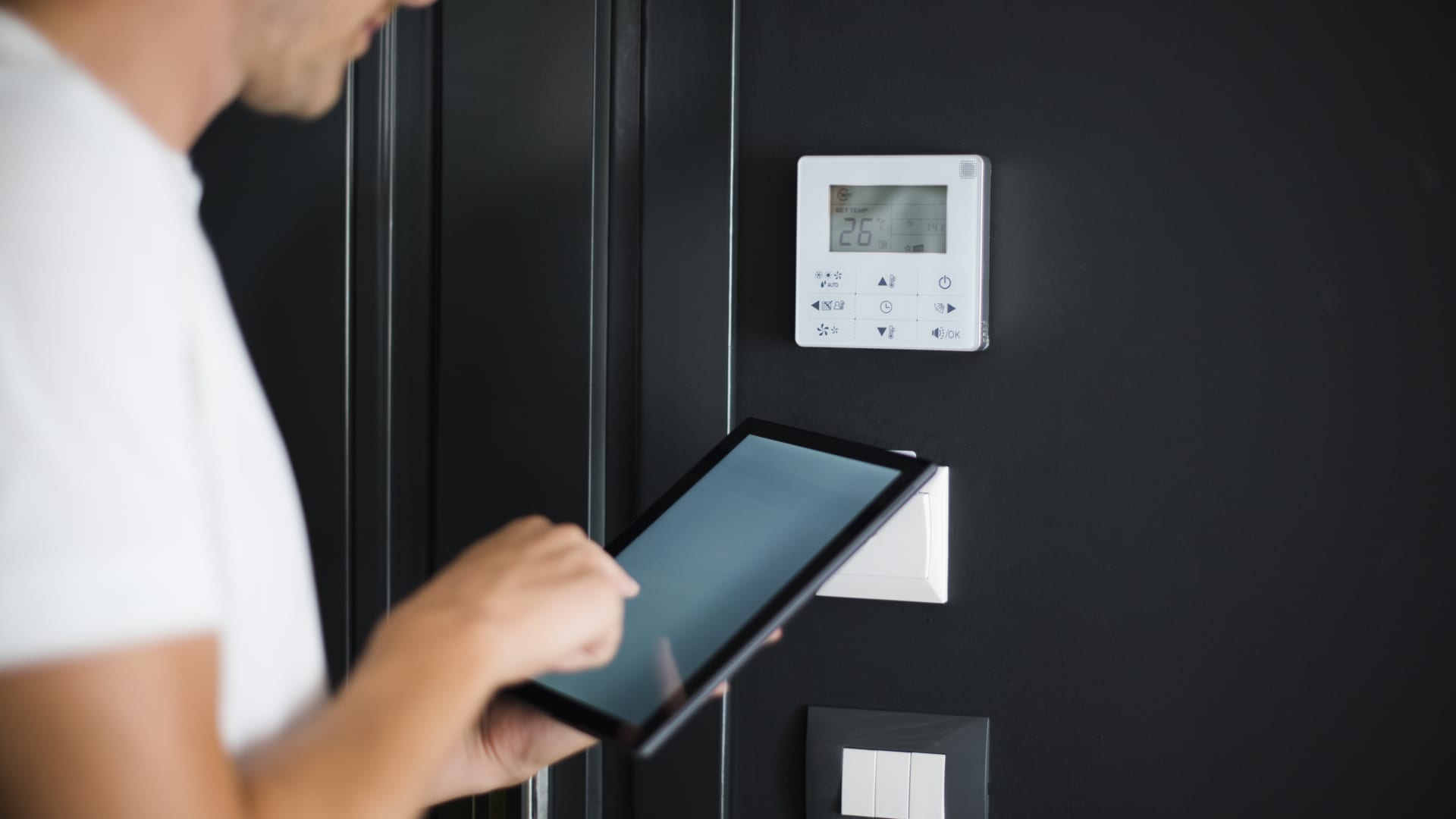Consumers could soon have access to federal rebates of $14,000 or more for making energy-efficient upgrades to their homes. However, the availability of these funds will vary by state, with some states possibly choosing not to make the funds available at all. These rebates are part of the Inflation Reduction Act, which allocated $369 billion for climate change policies, making it the largest climate legislation in US history. President Joe Biden signed the law in August 2022.
The Inflation Reduction Act includes two initiatives: the Home Efficiency Rebates program, offering up to $8,000, and the Home Electrification and Appliance Rebates program, offering up to $14,000. These rebates serve as consumer discounts to cover part or all of the cost of home-efficiency projects, such as insulation installation, electric heat pump installation, and the purchase of electric Energy Star appliances. The value of the rebates depends on factors like project expense, household income, and energy savings.
The rebates are intended to be delivered at the point of sale by retailers or contractors. Each state will administer the funds and must apply to the US Department of Energy to receive their allocated grants. While the exact timing of when consumers will start receiving the rebates is unclear, federal officials and energy-policy experts suggest that most states will likely begin issuing rebates in 2024.
However, one state, Florida, has indicated that it does not plan to apply for its allocated federal funds. Other states may also choose not to participate. The Inflation Reduction Act allows states to use a portion of their grant to administer the rebate programs. Republican Florida Governor Ron DeSantis vetoed the state’s authority to spend the administrative funding, leading to their decision not to apply for the rebates. Whether Florida will change its stance if the administrative funding becomes available later remains uncertain.
The rebates, known as Home Energy Rebates, will be available to consumers until September 30, 2031 or until a state depletes its grants. While consumers may not be able to claim funds from both rebate programs due to double-dipping rules, they may be able to combine the rebates with existing clean energy tax credits. This means that low-income households could potentially receive over $22,000 in support, middle-income households could receive up to $19,000, and higher-income households could receive over $7,200.
The income limits for the rebates vary by region and are based on the area’s median income. The Home Efficiency Rebates program provides tiered rebate values based on household energy savings, with larger rebates available to lower earners. Low earners can receive up to $4,000 or $8,000 towards their project costs if they reduce their energy use by 20% or 35%, respectively. Middle and high earners can receive up to $2,000 or $4,000, respectively, with the rebate capped at 50% of project costs.
The Home Electrification and Appliance Rebates program offers specific dollar amounts for certain upgrades, such as electric heat pump water heaters, electric heat pumps for space heating and cooling, and electric appliances like stoves, cooktops, and dryers. This program is available only to low- and middle-income consumers, with low earners eligible for full project cost coverage and middle earners eligible for up to 50% coverage, capped at $14,000 for both groups.
To find out more about the rebate programs and clean energy tax credits, the US Department of Energy has published a list of frequently asked questions.
Denial of responsibility! VigourTimes is an automatic aggregator of Global media. In each content, the hyperlink to the primary source is specified. All trademarks belong to their rightful owners, and all materials to their authors. For any complaint, please reach us at – [email protected]. We will take necessary action within 24 hours.


